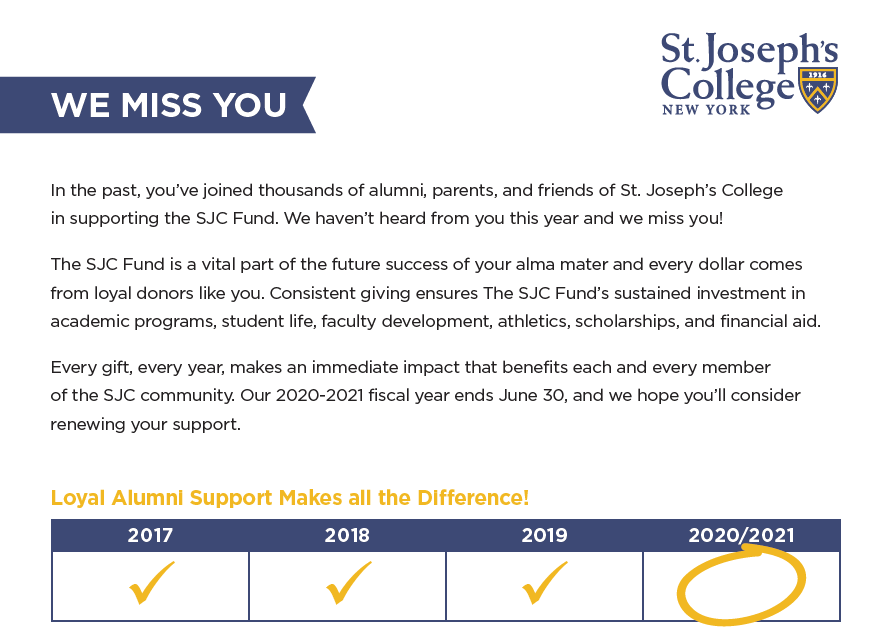As Baby Boomers pass on their assets to Millennials and Gen Z, an estimated $68 trillion will change hands over the next 25 years1. This monumental shift presents a unique and unprecedented opportunity for nonprofits to secure a brighter future.
As this change occurs, recognizing generational differences will be key in building relationships with donors across age groups. Let’s explore what this change means for you and why integrating direct mail into your communications strategy is essential.
Why It Matters
Increased Giving Potential
With the wealth transfer to younger generations, who are said to be more socially conscious, there is a significant potential for increased giving. Although Millennials have less disposable income today, building relationships and stewardship efforts now may result in increased giving tomorrow. These generations prioritize social impact and are more likely to support causes that resonate with their values. Nonprofits aligning their missions with younger donors’ interests and values can tap into this expanded giving potential.
Engagement Opportunities
Engaging with current and next-generation donors now can secure future support and create lasting relationships. Building trust and demonstrating impact are crucial for maintaining donor loyalty across generations. Younger generations require transparency, authenticity, and reassurance that they’re making an impact. Nonprofits that invest in meaningful engagement strategies will be well-positioned to benefit from sustained and increased support. While digital channels are important, direct mail remains a highly effective tool for creating a tangible connection with donors. Direct mail pieces, when combined with digital outreach, can enhance engagement by providing a personal touch that digital communications alone can’t achieve.
Direct mail offers a unique way to stand out in a crowded digital landscape. Personalized, high-quality mail pieces can capture attention, convey appreciation, and highlight the impact of donations. In an era where digital communications can be easily overlooked, direct mail provides a physical reminder of your organization’s mission and its value to the donor community.
Strategic Planning
Did you know that Millennials are now the largest generation in the U.S., making up 21.7% of the population?
Nonprofits that strategically plan for this wealth transfer can position themselves to benefit from increased donations and larger bequests. Developing comprehensive stewardship programs and personalized donor journeys from direct mail to email will be key to capturing the attention and commitment of these new donors. Although this population has less discretionary money currently, it’s essential to build relationships and programs today to create bonds that last into the future. Forward-thinking organizations will thrive by anticipating donor needs and preferences.
The Role of Direct Mail
Direct mail should be woven into your overall fundraising strategy because it adds a valuable personal touch that resonates with most donors. Direct mail can be used to:
- Drive Home Messaging: Enable heightened storytelling that highlights success stories or upcoming initiatives that can be reinforced by digital efforts.
- Personalize Engagement: Increase effectiveness through personalized touchpoints from stewardship efforts, impact reports, or tailored appeals that stand out and feel more sincere.
- Relationship building: There’s nothing like a tangible item to stand out from the crowd and make a lasting impression that builds ties.
By incorporating direct mail into your strategy, you create a multi-channel experience that leverages the strengths of both physical and digital communications.
How We Can Help
At BCG Connect, we understand the importance of staying ahead of trends and seizing opportunities. Our team excels in data segmentation, allowing us to isolate different groups and target them with personalized messaging. This ensures that your direct mail campaigns resonate with each unique audience segment.
Let us help you build lasting relationships across generations with our professional and creative direct mail offerings and supporting digital assets. By leveraging our expertise, you can create compelling, multi-channel campaigns that engage donors and inspire action.
Seize the opportunity. The Great Wealth Transfer is a historic moment that nonprofits can’t afford to overlook. By proactively engaging with donors and tactically planning for the future, you can ensure your organization thrives for years to come. An essential part of that plan is strategic direct mail and digital fundraising communications.
Let’s work together to make the most of this transformative wealth transfer and secure a brighter future for your organization.
For more information on how BCG Connect can support your nonprofit during this pivotal time contact us here: bcgconnect.com/contact.
Sources: Forbes1, National Philanthropic Trust, Statista, Anchor Marketing, & Donorbox


